Lexus explains… is a series designed to explain features, technologies and user questions related to modern vehicles. Each article provides clear, jargon-free answers, helpful tips and resources, as well as Lexus products or services that can help along the way. This article aims to demystify some of the questions surrounding electric vehicle range.
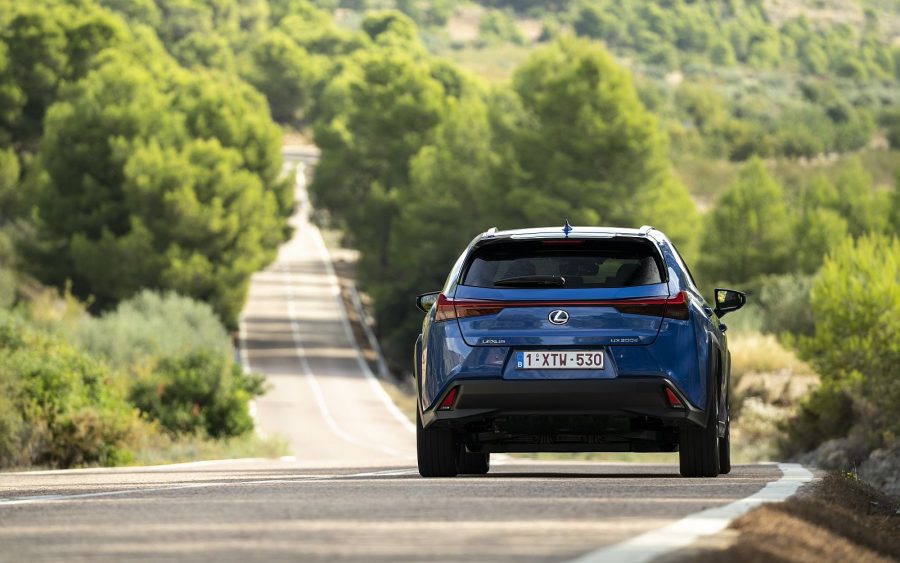
Electric vehicle range: context
The range of a vehicle can be defined as the distance it can travel before its energy source is exhausted. It is important to remember that every vehicle, irrespective of how it is fuelled or powered, has a range; and it is possible to increase that range by replenishing its energy source.
Drivers should always be somewhat aware of their vehicle’s range while travelling. But the term range anxiety has become particularly associated with drivers of electric vehicles (EVs). It stems from their concern that “the battery will run out of power before the destination or a suitable charging point is reached” (Oxford Languages).
It is true that most early mass market EVs offered smaller ranges than combustion engine equivalents, and it is likely that the modest range of these vehicles prompted a degree of concern within the driver’s mind. But is it fair to remain anxious about the range of modern EVs? Or has the indicative range and fast charging times of models such as the all-new Lexus RZ put such concerns to rest?
See what you think as we address the following FAQs –
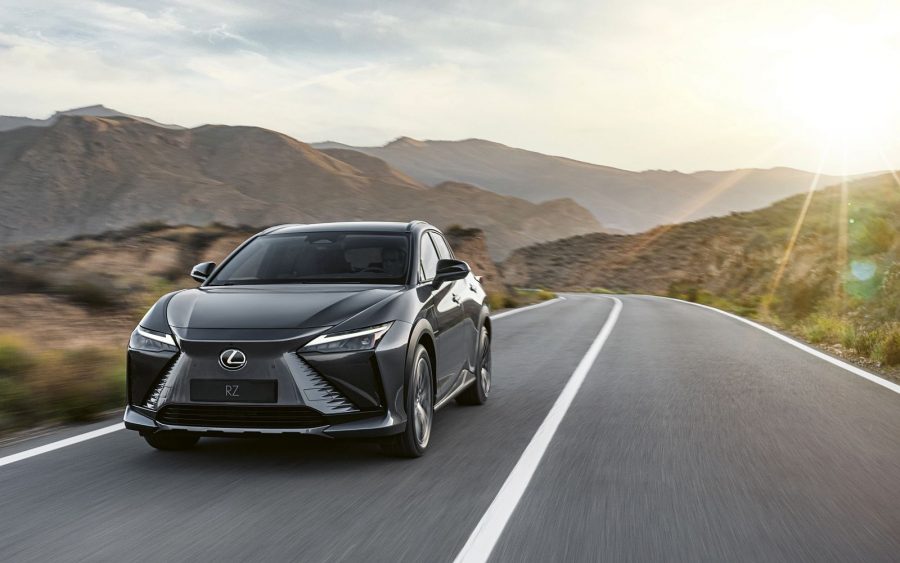
Question: How many miles can you get from a full charge?
⦁ Probably more than you think or need on a daily basis. Given that the average commuting distance in the UK is a round trip of approximately 23 miles, an entire week’s worth of travel should be comfortably within the range of most modern EVs. Using that standard, the Lexus UX 300e could complete a five-day commute and still have 80 miles to spare for the weekend
⦁ Modern EVs usually offer a range of between 150-300 miles, which should fulfil the needs of both commuters and social drivers. Putting that into context, a 200-mile range is enough to get you from Bristol to Leeds, or from London to Swansea
⦁ Drivers need not feel unduly limited by the range of their EV. As discussed in our Electric Vehicle Charging article, there are almost four times as many public charging points in the UK than traditional fuel stations. So you are never far from an opportunity to top-up on route
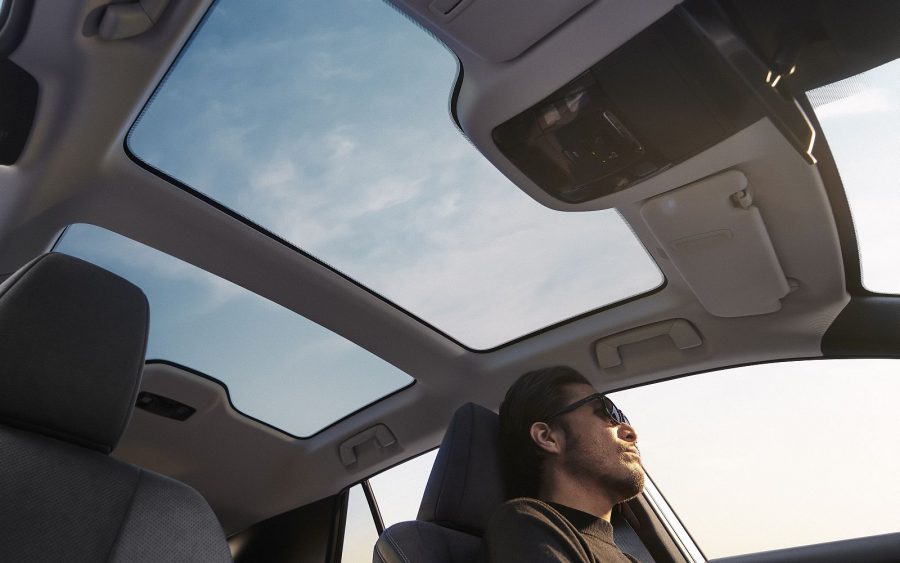
Question: Which factors affect EV range?
⦁ Temperature. EV batteries produce power through physical and chemical reactions, and the efficiencies of these reactions are negatively affected by cold weather. This results in reduced battery capacity and, in turn, a lower range
⦁ Speed. It takes more effort for an EV to reach and maintain higher speeds than it does to achieve and maintain lower speeds. This means that an EV will use proportionally more energy on the motorway than around town
⦁ Terrain. More energy is required to pull any vehicle up a hill than to coast along on the flat. However, when it comes to going downhill, EVs offer a distinct advantage over ICE cars; they actively recoup energy because the electric motors turn into generators that recharge the vehicle’s battery pack
⦁ Driving style. Smooth and gentle driving is always more efficient than an aggressive, pedal-to-the-metal driving style. Admittedly, experiencing the instant torque of an EV from a standing start can be entertaining but it will also accelerate your power consumption
⦁ Battery condition. Batteries tend to naturally deteriorate over time, which usually means that they cannot hold the same volume of charge as they did when new. Modern battery technology has reduced this effect to the point where the decline is usually imperceptible. For example, Lexus expects the new RZ’s battery to retain more than 90% of its original capacity after ten years of driving

Electric vehicle range: top tips for maximising your range
⦁ Make a conscious effort to drive as smoothly as possible, while trying to anticipate the geography of the road ahead and the movement of traffic in order to conserve your EV’s hard-earned momentum
⦁ The relationship between efficiency and speed is not linear; the energy it takes to propel a car through the air increases exponentially the faster you drive. For example, a distance that is covered at 70mph will consume around 30% more energy than the same distance covered at 50mph
⦁ Make the most of your EV’s regenerative braking system to help top-up the batteries while on the move. It’s free energy!
⦁ Battery health is optimised by trying to maintain your EV’s level of charge between 20-80% – neither empty or full. This is good practice and will condition your battery so that it can accept a full charge and deliver maximum range when needed
⦁ Plan ahead on longer journeys by using the Lexus Charging Network or Zap Map to identify public charge points that are safely within your vehicle’s range
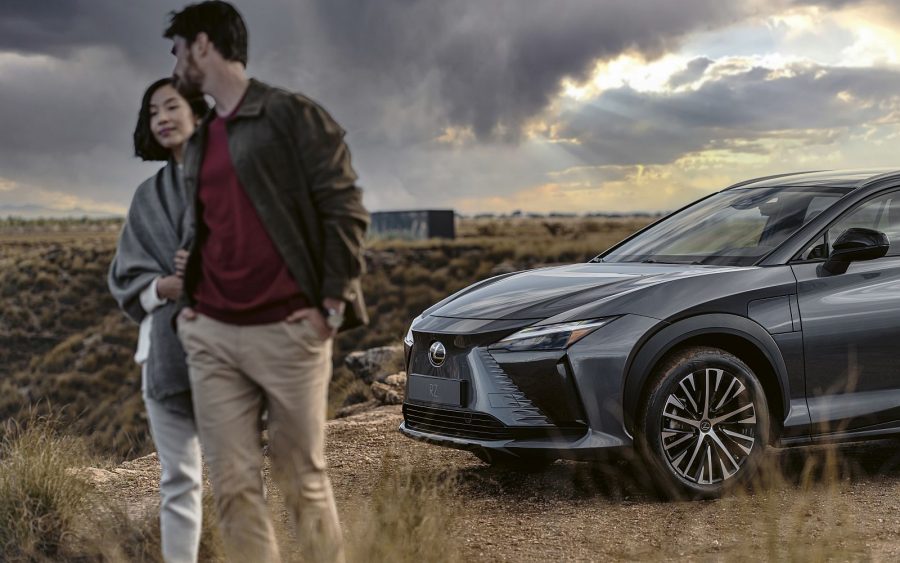
Electric vehicle range: conclusion
While some drivers have become fixated on the issue of EV range, it must not escape our notice that all vehicles have a maximum range. We have been coordinating our mobility around this fact since the day we passed our driving test, and the methods that we can employ to maximise the range of an EV are much the same as those for any vehicle with an internal combustion engine.
Most modern EVs have sufficient range to handle 99% of the journeys we make without needing to stop and be recharged. But if you need to go the extra mile (or miles) then you can always pause at one of the 32,000+ public charging points dotted throughout the UK.
Read more: Lexus explains – electric vehicle charging
Read more: Lexus explains – electric vehicle costs
Read more: Lexus explains – electric vehicle safety
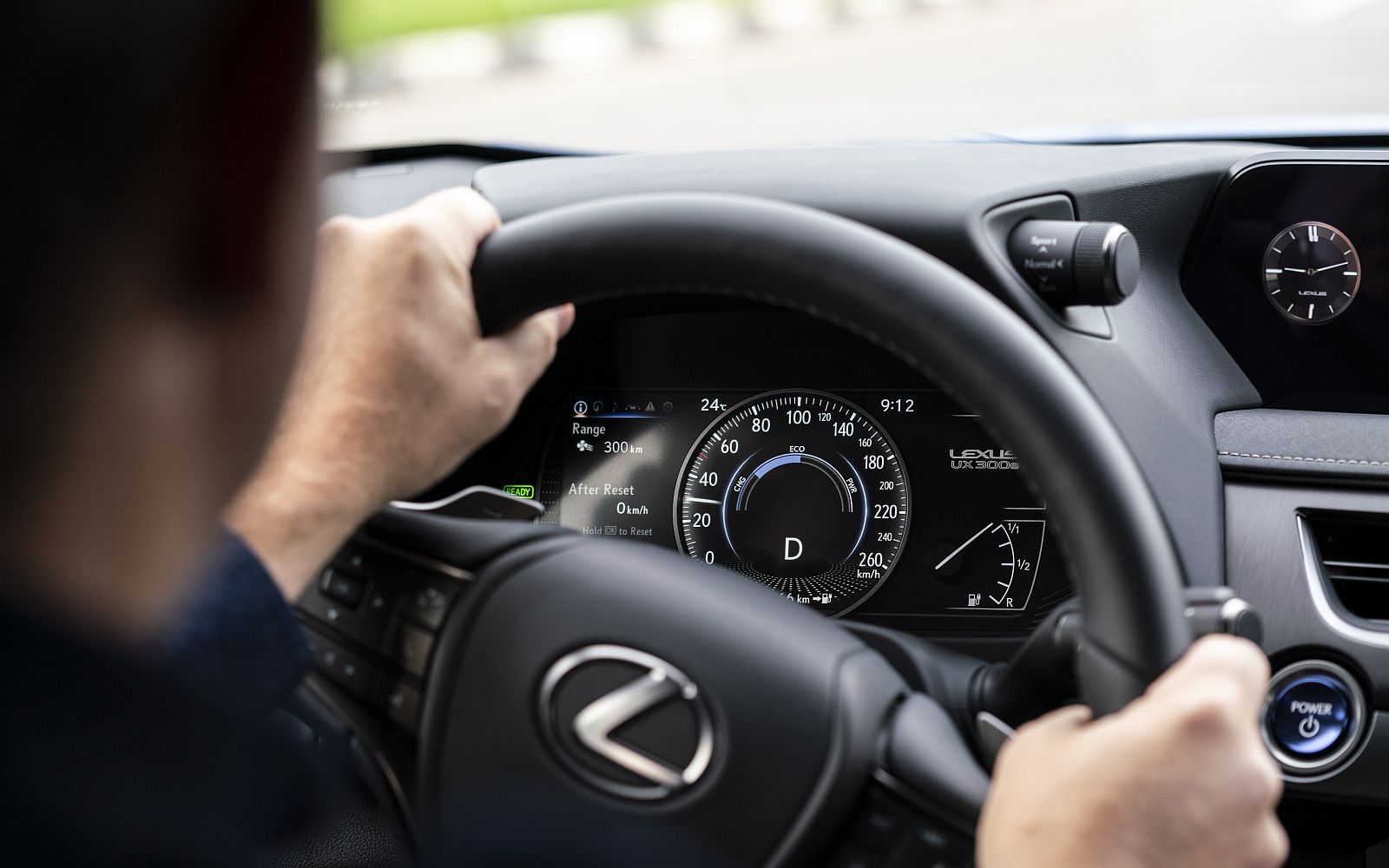


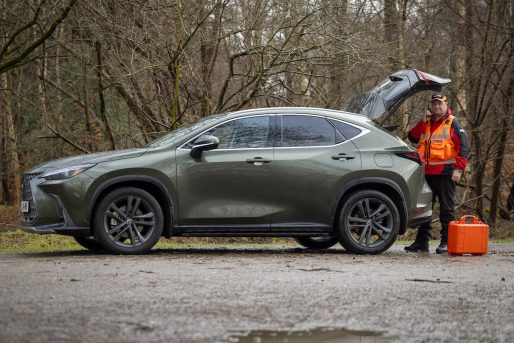

What about winter, how much effect will it have on an EV range?
Hello Ian,
As with any vehicle, colder weather will have an impact on the overall efficiency.
However, we do not have any specific data on how much this is.
Thanks.
If there are over 32,000 public charging points for EVs in UK,where are they all??
Does any publisher produce an up to date map of the locations? Or must we rely on the info available in the tech content within each car’s system?
I guess any published info is out of date very quickly,so perhaps drivers need to check with each main charging point provider before embarking on any substantial journey.
What else could we do that is quick and easy??
Perhaps hang on to our ICE powered cars a bit longer??
By the way ,I am still running a very clean Euro6 diesel car.! (Can’t yet afford a premium EV.)
Hello Anthony,
Thanks for your comment.
More information can be found here – https://www.lexus.co.uk/electric-cars/public-charging.
Thanks.
Highly biased towards the EV- which is fine ,BUT you omitted a crucial and key issue . With my RX 400H I can refuel from empty to full in approx 5 minutes or less .Waiting for a fast recharge or worse , a top up takes half an hour of more at an inconvenient time or place or worse / a detour to a charging point .
Your synopsis is badly biased and fails to address this critical aspect of long journeys . Fine for local shoppers and short commutes,
full in approx
It doesn’t explain hybrid vehicles, or any particular model of vehicle so this doesn’t help at all?
I have an NX350h, what’s the range of that on battery?
Hello David,
Thanks for your comment.
As the NX 350h is a hybrid, it does not have a specific range on the battery.
Thanks.
When do you think there will be a bigger battery for the ux300 electric car
Hello Mark,
We do not have any information on this at the moment.
Thanks.
There never will be they would be too large and expensive the most efficient engine is a self charging hybrid. There’s a really interesting Ted Talk on YouTube that really explains the inefficientsy of purely EV vehicles
Would like more info on getting most battery use from Hybrid
Hello John,
Thanks for your comment.
You can find our Hybrid Driving Advice here – https://mag.lexus.co.uk/lexus-hybrid-driving-tips-2016/.
Please let us know if you have any further questions.
Thanks.
I assume most of the above relates to all electric so, would it be possible to offer advise on self-charging vehicles similar to my UX
Hello Tom,
Thanks for your comment. We hope your UX is serving you well.
Take a look at our Hybrid Driving Advice here – https://mag.lexus.co.uk/lexus-hybrid-driving-tips-2016/.
Thanks.
These are just my personal opinions, but I have a Lexus RX450h 2013, not superb, but close.
Sad to say but the modern young designers have lost the ethics of good design.
The nose is poor, the “L” badge just looks awfull where it is positioned.
The flap for the recharge point is unbelievabley stupid – it should be in the middle of the rear panel.
The front daylight “Lexus L” should be below the dip light site line as before.
The LEXUS on the rear of all new models is shocking, even rubbish – leave it as the original designers designed it.
Plastic/rubber “spats” on the wheel arches – it just gets worse.
The sharp edge on the rear door line – I just give up.
I am happy that I am an old age pensioner, I have seen and appriciated the best designed automobiles over the past 100 years by all the manufacturers but I see very few designs that will last the time scale the way it is going.
For Lexus to leap forward without keeping their focus on their origin is totally missing the most important point.
Lexus was Lexus, now Lexus wants to be LEXUS, I am sad to say their focus is not where it should be.
The electric car is OK but it is half a good idea.
I want Lexus to follow the parent, Toyota, and use their hydrogen power (in development as I type I hope) and show the world the clean, convenient and best way to help the world from this mess that we are in.
Hi l am ready to buy a self charging electric vehicle, l have the cash available. But l don’t want to wait a year for the vehicle. I want it within the next couple of months. No one has the one that suits me.
Hello Trevor,
Thanks for your comment.
You can take a look at our approved used range here – https://www.lexus.co.uk/pre-owned.
Thanks.
Ok article but lacks useful information. What if it’s -5C heat and de-mist is on together with lights at night what happens to a quoted range. Is it also true that towing a trailer of any weight will at least halve the range and of course no charging station makes any allowance for trailers?
Hello David,
Thanks for your comment.
There are factors such as outside temperature which may affect the vehicle’s range.
The quoted range for any EV cannot account for all possible driving conditions and styles.
Secondly, it is worth considering that towing a heavy load on any vehicle will impact its fuel economy, not just on EVs.
Thanks.